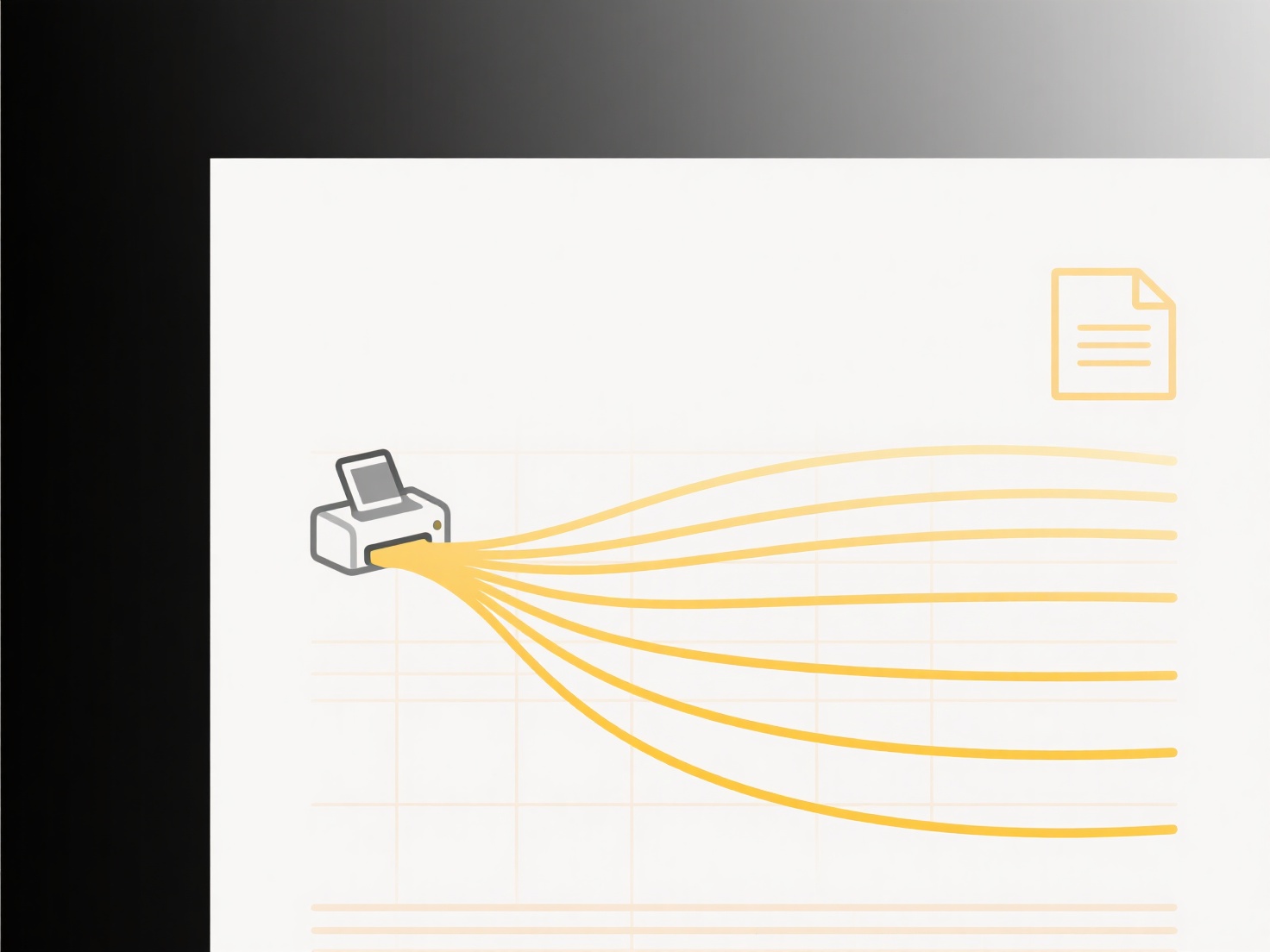
Long file names, including the path to the file (like folder\subfolder\filename.ext), can cause problems during copying operations. This happens because different operating systems and file systems enforce maximum limits on the total character length allowed for a complete file path. Exceeding this limit during a copy action typically results in a failure. While modern systems generally support much longer paths than older ones, compatibility issues arise when copying to destinations with stricter limits.

For instance, copying a deeply nested file structure with long names from a modern Windows machine to an external hard drive formatted with the older FAT32 file system often fails, as FAT32 has severe path length restrictions. Similarly, even within modern Windows, legacy software relying on older APIs might choke on paths exceeding the traditional 260-character limit during backup or file transfer processes involving many subfolders.
The primary advantage of longer names is descriptive clarity. However, limitations persist, especially when interacting with older software, file systems, or embedded devices. Future developments like widespread adoption of Unicode APIs and newer file systems (NTFS, APFS, ext4) supporting much longer paths mitigate the issue, but awareness remains crucial for reliable file management and cross-platform transfers. Vigilance is needed when dealing with legacy environments.
Can long file names cause problems when copying files?
Long file names, including the path to the file (like folder\subfolder\filename.ext), can cause problems during copying operations. This happens because different operating systems and file systems enforce maximum limits on the total character length allowed for a complete file path. Exceeding this limit during a copy action typically results in a failure. While modern systems generally support much longer paths than older ones, compatibility issues arise when copying to destinations with stricter limits.

For instance, copying a deeply nested file structure with long names from a modern Windows machine to an external hard drive formatted with the older FAT32 file system often fails, as FAT32 has severe path length restrictions. Similarly, even within modern Windows, legacy software relying on older APIs might choke on paths exceeding the traditional 260-character limit during backup or file transfer processes involving many subfolders.
The primary advantage of longer names is descriptive clarity. However, limitations persist, especially when interacting with older software, file systems, or embedded devices. Future developments like widespread adoption of Unicode APIs and newer file systems (NTFS, APFS, ext4) supporting much longer paths mitigate the issue, but awareness remains crucial for reliable file management and cross-platform transfers. Vigilance is needed when dealing with legacy environments.
Quick Article Links
Should I save images as .jpg or .png?
JPG (or JPEG) is a lossy compression format ideal for photographs and complex images. It significantly reduces file size...
Are .tmp files automatically deleted?
Temporary (.tmp) files are created by programs to store data during their operation, such as for work-in-progress docume...
Why are file versions not always detected as duplicates?
File versioning refers to the practice of saving multiple instances of a file over time to track changes. Not all versio...